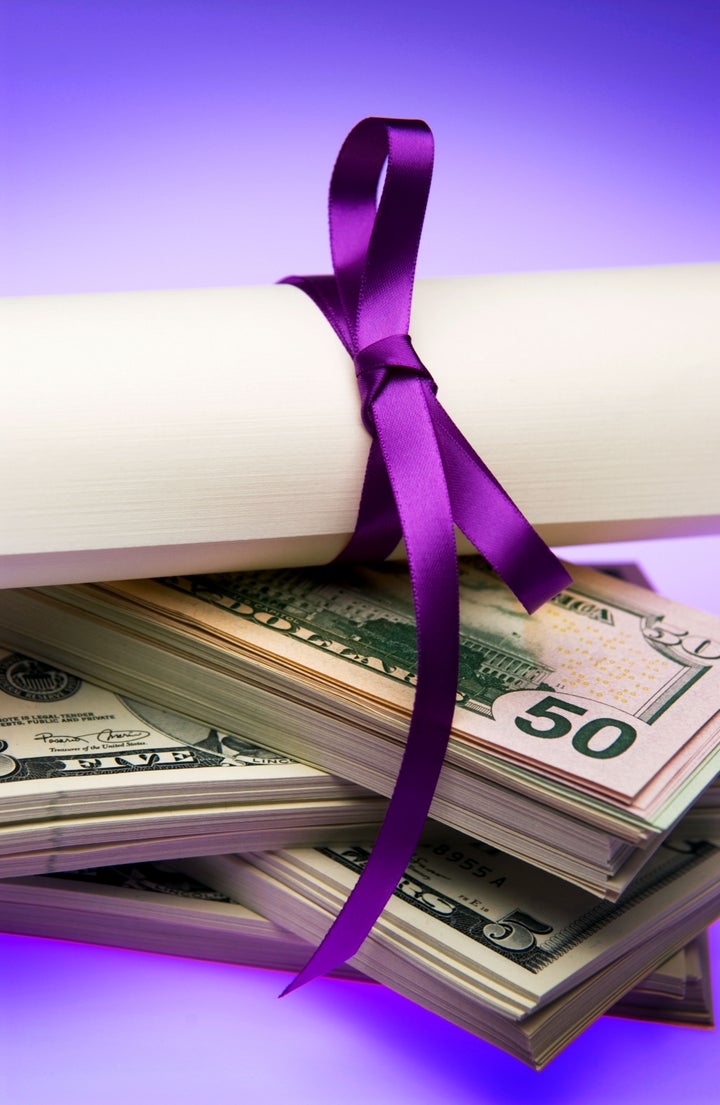
The student loan debt market is now "too big to fail", says Rohit Chopra, the student loan ombudsman for the newly created Consumer Finance Protection Bureau.
Speaking on Wednesday to a conference hosted by the Consumer Bankers Association in Austin, Texas, Chopra highlighted the sobering news that total student loan debt in the United States now exceeds an eye-popping $1 trillion, a record high. In prepared remarks published on the CFPB's blog, Chopra writes:
Students borrowed $117 billion in just federal student loans last year. And students continue to borrow private student loans, which lack the income-based repayment and deferment options of federal student loans. If current trends continue, there will be consequences not just for young people, but for all of us.
If that wasn't disturbing enough, now comes news that the interest rate on new subsidized student loans from the federal government, called Stafford loans, are set to double to 6.8 percent on July 1 if Congress does not prevent the federal program keeping those interest rates low from expiring.
If interest rates on new subsidized student loans double, the average student loan borrower on the standard 10-year plan will need to pay $2,800 more over the life of the loan, according to the U.S. Public Interest Research Group, cited by Time. Students who borrow the maximum $23,000 will have to pay $5,000 more under the 10-year plan -- and $11,000 more under the 20-year plan.
More troubling, a new survey reveals that students are generally confused and ill-informed about the what the money they borrow will cost them in the long run.
Nearly two in three student loan borrowers were surprised by some of the terms of their student loans, according to a recent study by Young Invincibles. Oftentimes, students borrow money from multiple lenders.
"This fragmentation may make it more difficult for them to understand the implications of their student-loan decisions," wrote Healey Whitsett, author of the Young Invincibles study.
While there's a limit to how much college students can borrow in public loans, private loans have no ceiling. Public lenders are more forgiving than private lenders when it comes to financial relief, according to FinAid.org. Some borrowers are also misled by loans that come with variable interest rates, which mean the loan gets progressively more expensive to pay back.
The student debt crisis is causing some students to rise up in protest. More than 130,000 college students have written letters to Congress asking them to stop the interest rate on new Stafford loans from doubling.
In response to growing student loan debt, some colleges are offering three-year college degree programs, according to CNN Money.